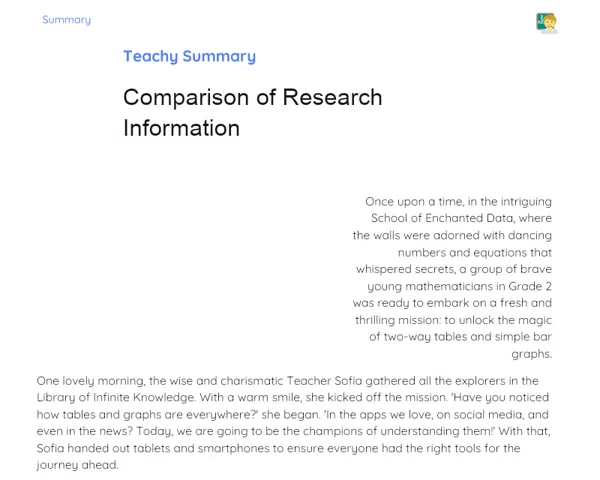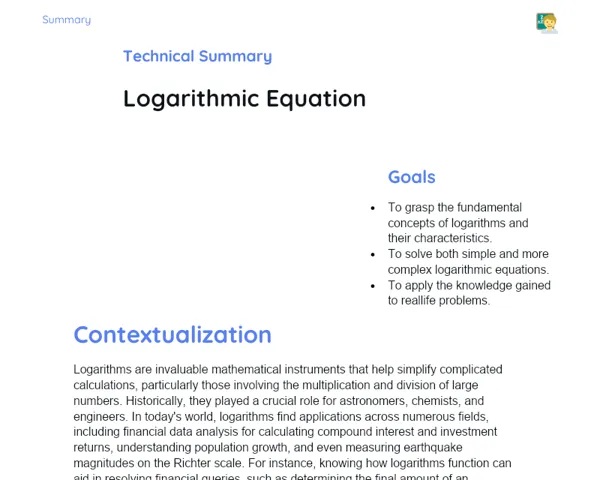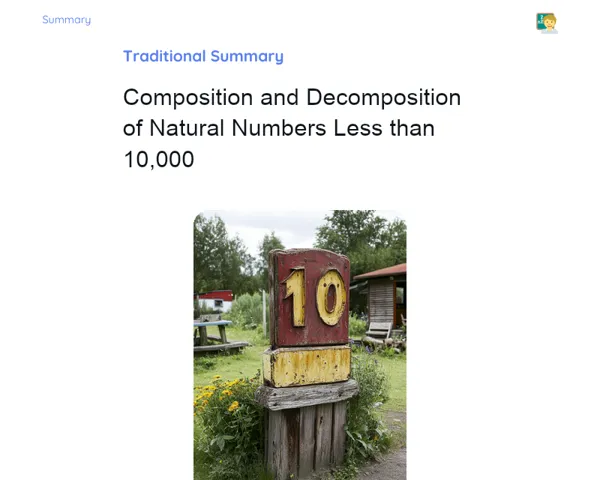Goals
1. Understand that the basic multiplication facts are simple multiplications that serve as the building blocks for more complex maths.
2. Carry out basic multiplication operations, like 4x3=12.
3. Develop logical reasoning skills and the ability to solve straightforward maths problems.
4. Foster collaboration and teamwork through engaging, hands-on activities.
Contextualization
Multiplication is a crucial mathematical skill that we encounter in various everyday scenarios. For instance, when we're in the kitchen, we often need to multiply ingredient amounts if we're cooking for more people. Another common example is when we’re shopping and need to calculate the total cost of merchandise on sale by multiplying the unit price by the quantity purchased. Grasping the basic multiplication facts simplifies these everyday tasks and lays the groundwork for tackling more complex maths operations down the line.
Subject Relevance
To Remember!
Understanding Basic Multiplication Facts
The basic multiplication facts are the simple multiplications that form the bedrock for more intricate maths operations. Grasping these facts is vital for tackling maths problems swiftly and with precision.
-
The basic multiplication facts include sums like 2x3, 4x5, 6x7, and others.
-
These facts are memorised to help with mental calculations and to speed up problem-solving.
-
Understanding these basics allows students to move on to more complex multiplications with confidence.
Practical Application of Multiplication
Multiplication is employed frequently in daily life and across various professions. Knowing how to multiply quickly and accurately is a useful skill for tackling routine tasks and succeeding in the job market.
-
At home, multiplication helps us determine quantities of ingredients in recipes or the total costs of our shopping.
-
Professionals such as engineers, economists, and programmers depend on multiplication in their everyday calculations.
-
The ability to multiply is essential in many academic and professional fields, including sciences, finance, and technology.
Building a Multiplication Table
Creating a multiplication table is an interactive task that aids in memorising the fundamental multiplication facts. This table acts as a visual aid that helps with learning and revisiting concepts.
-
The multiplication table usually covers numbers from 1 to 10, showcasing all potential combinations of basic multiplications.
-
Using recycled materials to create this table enhances engagement and promotes environmental consciousness.
-
Decorating the multiplication table creatively can capture students' interest and aid in retention.
Practical Applications
-
Calculating the amount of ingredients in a recipe: If a dish serves 4 people but you need to cater for 12, multiply the ingredient quantities by 3.
-
Calculating the total cost of products on sale: If an item is priced at R50.00 and you're buying 6 of them, multiply 50 by 6 to find out the total.
-
Construction: Engineers often use multiplication to figure out the areas and volumes of materials required for projects.
Key Terms
-
Multiplication: A maths operation that involves adding a number to itself a specified number of times.
-
Basic Multiplication Facts: Simple multiplications, like 2x3 or 4x5, that form the basis for more advanced maths operations.
-
Multiplication Table: A visual representation displaying the results of multiplying numbers from 1 to 10.
Questions for Reflections
-
How can mastering the basic multiplication facts make your daily activities easier?
-
In what ways might the skill of quick multiplication impact your success in future careers?
-
What techniques can you implement to commit the basic multiplication facts to memory and use them in various subjects?
Multiplication in Daily Life
This practical challenge seeks to apply the basic multiplication facts to genuine everyday scenarios.
Instructions
-
Pick one of the following situations to solve using multiplication:
-
a. Figure out the amount of ingredients needed for a recipe that serves a larger group.
-
b. Calculate the total cost for several items on sale.
-
c. Determine the area of a room in your house.
-
Document the calculations you performed to solve your chosen scenario and explain your reasoning.
-
Share your findings with a colleague or family member and talk about how multiplication helped in solving the problem.



